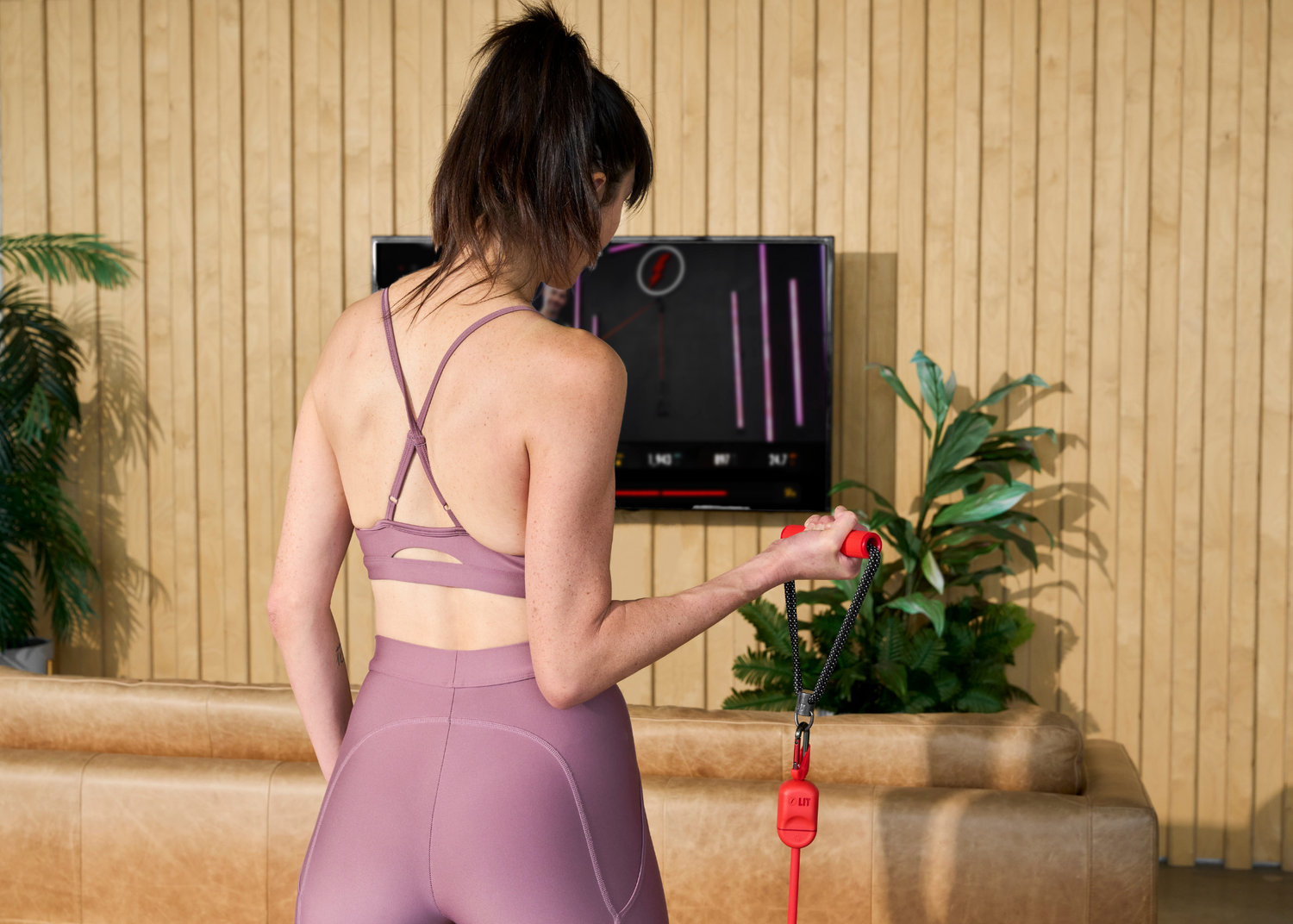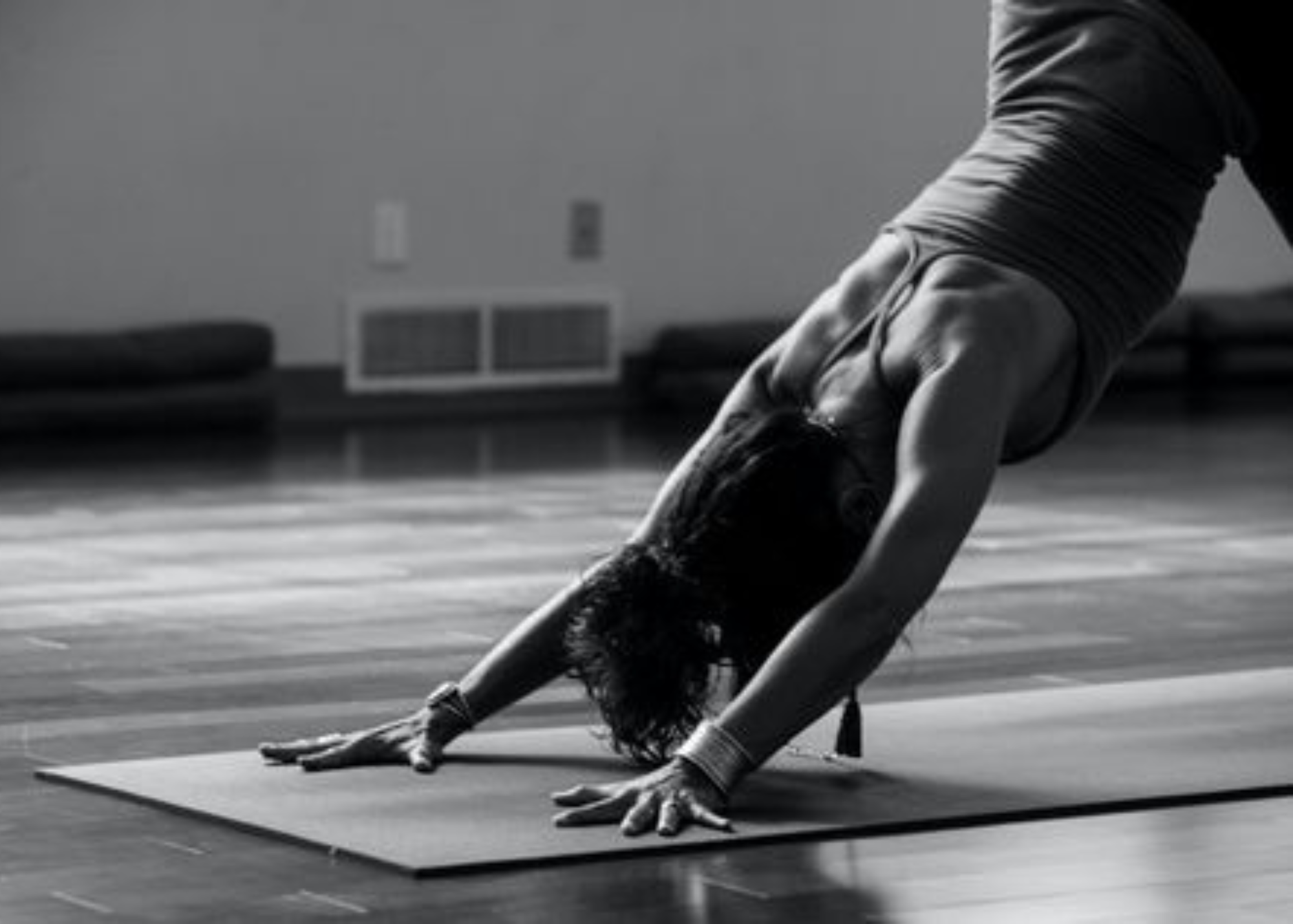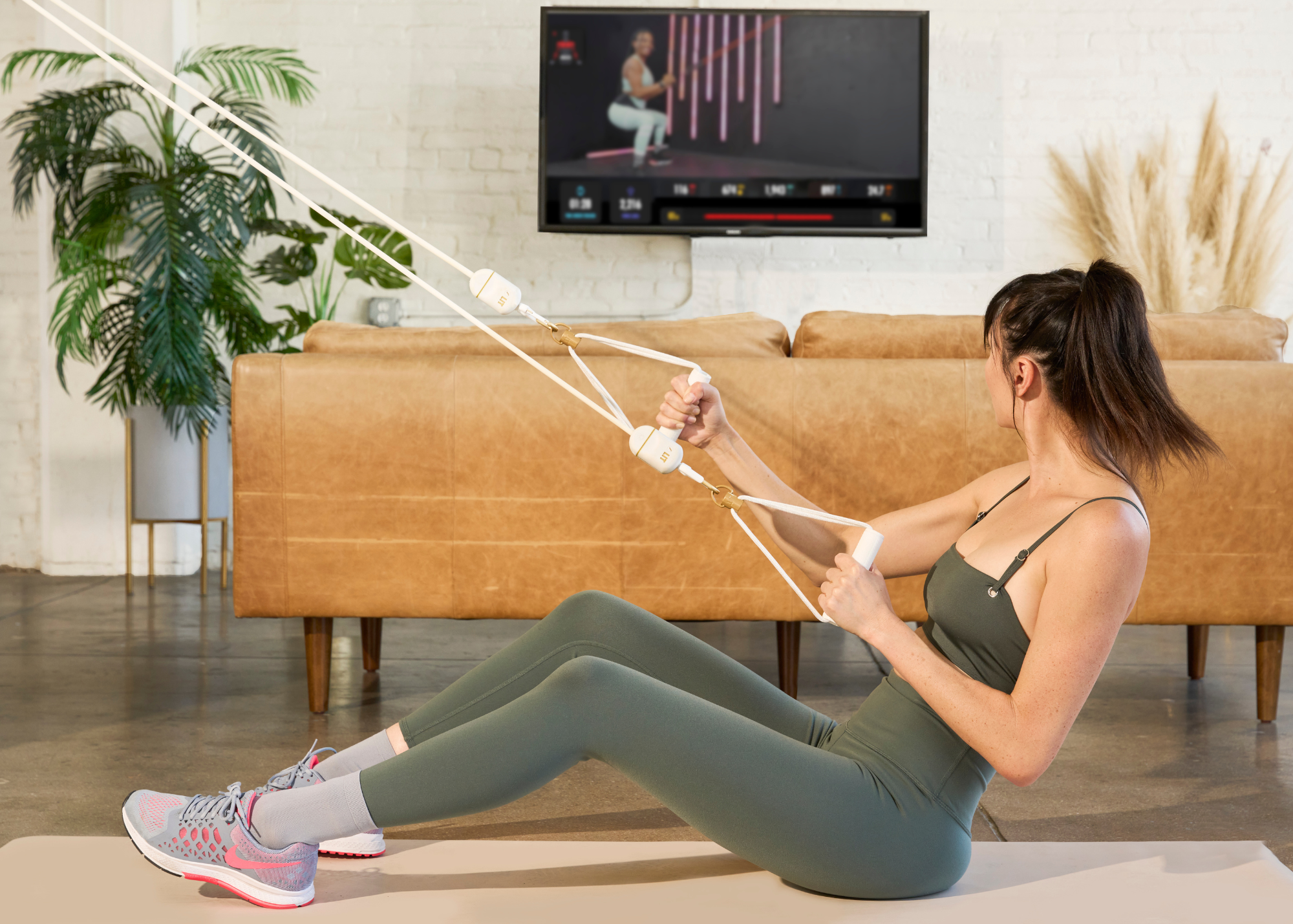Resistance bands are ideal workout equipment for home. Whether you are a beginner or an expert, young or old, the versatility of these bands makes them fit for everyone.
There are several reasons why a home workout with a resistance band is advised. Firstly, you don't have to think twice about storing resistance bands like other gym equipment. Taking up minimal space, resistance bands are perfect, even if you have a small living area. You can carry them around and workout from any corner of the house that you are comfortable with,
Resistance bands offer variable elasticity, which makes it possible to use low-impact training for all fitness levels and ages. Their multipurpose design allows for a full-body workout that targets various muscle groups.
If you need to learn how to do a home workout with resistance band, this guide is for you.
How do resistance bands work?
Resistance bands provide resistance of varying levels (light, medium, high, extra heavy), which act as the opposing force against the body's weight. The tension thus challenges your muscles throughout the movement, enhancing muscle engagement and strength-building.
The varying resistance and wider range of motion possibility make resistance bands great for upper body, lower body, and full body workouts.
How To Use Resistance Bands in A Home Setting?
Resistance bands are the simplest training equipment that requires minimal or no setup, depending on the type of band you choose or which exercise you use it for.
You will require a set of bands with varying tension levels to accommodate a fitness routine that truly benefits your health. Resistance bands are often color-coded from light to darker, indicating increasing resistance. Greater resistance is equivalent to more weight.
While using resistance bands at home, evaluate your current fitness levels and the type of workout you wish to opt for. Additionally, at all times wear shoes during home workouts with resistance bands to avoid slipping.
Always use a solid tug to securely anchor the resistance band to the door or other anchor points. Regularly check the resistance band for wear and tear; replace the band if you notice any signs of damage.
If you are a beginner, you can start with simple loop bands and these seven exercises.
Seven resistance band exercises for beginners
1. Front squat

- Stand on the center of the resistance band with your feet shoulder-width apart.
- Hold the handles on each hand and strength the band to your shoulder height, keeping your palms facing inwards.
- Lower in a squat by lowering as if sitting in a chair. Keep your chest up to engage core muscles.
- Return to the starting position and maintain the tension in the resistance band as you push through your heels.
- Repeat for 8–12 reps.
2. Leg Extension

- Sit on the floor, or sit on a bench if you find it difficult to sit on the floor. Loop the band around the arch of your foot, anchoring one end with one hand and the other end around the foot.
- Firmly holding one end, extend your leg straight out against the resistance, and keep your feet hip-width apart.
- Slowly return your leg starting position, and ensure tension in the band throughout the movement.
- Repeat for ten reps before switching legs.
3. Triceps kickback

- Step on the center of the band and keep your feet hip-width apart.
- Bend forward at hips, hold handles in each hand with palms facing in, and extend your arms straight.
- Keep your upper arms close to the body, and bend your elbows as your forearms parallel the floor.
- Now slowly press down the arms as you stretch the band behind your body to full stretch it.
- If it is challenging to fully extend your arms back, lower your back a little.
- Do 8–10 reps.
4. Kneeling Crunch

- Attach the band at an anchor point above your head. Holding on the band in both hands, kneel, keeping your face away from the anchor.
- Keep your hands pointing at your temples or behind your head if it is difficult.
- Engage your core as you crunch forward and gradually bring your elbows towards your thighs.
- Slowly release as you return to the starting position.
- Do 12 reps.
5. Reverse Crunch

- Anchor the resistance band at your waist height.
- Lie on your back with the band ends wrapped around the soles of your feet.
- Bend your knees at a 90-degree angle.
- Curl your hips off the floor as you bring your knees towards your chest. Make sure that your back is straight on the ground.
- Slowly lower your legs back to the starting position. Maintain tension in the band.
- Repeat for 12–15 reps.
6. Seated Row

- Secure the resistance band to a sturdy anchor point at your chest height.
- Sit on the floor, keeping your back straight, facing the anchor point, legs extended, and band in hand. You can also sit on a bench.
- Hold the band handles with your arms fully extended in front of you.
- Pull the band towards your torso in a controlled motion, squeezing your shoulder blades together.
- Slowly release the tension to return to the starting position.
- Repeat for 8-10 reps.
7. Pull Apart

- Stand with your feet hip-width apart.
- Hold the band in front of you, keeping your hands shoulder-width apart.
- Extend your arms straight out and your palms facing down.
- Move your hands outward, stretching the resistance band, and focus on squeezing your shoulder blades.
- Maintain the tension in the band as you slowly bring your hands back to the starting position.
- Do 10-15 reps.
What type of resistance bands should you choose?
Choosing the right resistance band is essential as it will determine the experience and effectiveness of the workouts. Several types of resistance bands are available; each has its characteristics.
1. Loop bands

The most widely used are loop resistance bands, continuous loops of varying lengths offering varying resistance levels. You should use loop bands if your aim is a lower-body low-impact resistance band workout. They are suitable for lower-body exercises like squats, leg presses, and lateral leg movements that target the glutes, hips, and thighs.
2. Tube bands with handles

Made from a flexible tube with handles attached to the ends, tube bands are ideal for upper-body exercises like bicep curls, shoulder presses, and rows. The handles provide a comfortable grip and make a wider range of motion possible. This resistance band is suitable for simulating free-weight movements. Check out exercises using resistance bands with handles here.

LIT Axis resistance bands are a type of tube band with handles that revolutionize your home workouts. These resistance bands have built-in sensors that create a smart multifunctional training system for full-body workouts without injuries.
With LIT Axis, you get performance insights in real-time, such as time under tension, muscle imbalance alerts, pounds lifted, number of reps, and more. It makes your resistance band workout at home accurate, impactful, and injury-free.
3. Figure-8 bands

These resistance bands are shaped like in figure '8', providing loops at both ends. Their unique design makes them suitable for both upper and lower-body workouts. The 8-shape allows for multiple grips options making it easier to do exercises like chest presses, lateral raises, and leg lifts.
4. Therapy bands

Flat or therapy bands are wide, flat strips of latex or rubber. These bands are used for physical therapy, rehabilitation, and gentle resistance exercises. It is suitable for individuals recovering from injuries as it generally offers lighter resistance compared to other bands.
5. Fabric bands

The most durable type of resistance bands, fabric bands, are made from cloth or fabric material. They are popular for stretching routines and lower body exercises. The non-slip surface stays in place during movements, ideal for stretching exercises.
How long should a resistance band workout be?
Low impact resistance band workout or a rigorous routine, the intensity of the workout determines the duration. Here's the appropriate duration depending on your fitness levels, workout intensity, and goals.
-
For beginners
Beginners should aim for a resistance workout lasting around 20-30 minutes, including warm-up and cool-down. Always start with a lower number of sets and repetitions. It's important to allow your muscles to adapt.
Checkout this 15 minute resistance band workout for beginners by LIT's founder & fitness expert Justin Norris.
-
For intermediates
Once your fitness level has improved and you are ready to progress, you can extend the resistance workout to 30-45 minutes and the resistance workout to 30-45 minutes.
-
For advanced
Individuals with optimum fitness levels can engage in challenging home workouts with resistance bands lasting 45 minutes to an hour.
FAQs
1. How to workout safely at home and avoid injury and accidents?
To make home workouts with resistance bands safe, you should consider these tips:
- Warm up before a workout to increase blood flow to your muscles.
- Do not rush; learn correct posture and movement patterns to prevent strain. Low impact resistance band workout is ideal for learning correct posture.
- Always choose appropriate workout gear and ensure that the resistance band has no sign of wear and tear.
2. Is it okay to use a resistance band every day?
Yes, low-impact resistance band workouts can be done every day at home. However, if you use resistance bands to add more challenge to other workouts, you must allow for muscle recovery.
We recommend that you alternate between different muscle groups so your muscles can recover. Also, alternate between light, moderate, and intense resistance to maintain variation in the workout.
3. Are resistance bands effective?
Resistance bands are highly effective for strength training, muscle building, and flexibility improvement. They are actively used for rehabilitation for muscle and strength recovery. Resistance bands allow an entire range of motion to be used for hard-to-target muscles.
Irrespective of your fitness level, you can benefit from home workouts with resistance bands as you can adjust for different resistance levels, making them adaptable for beginners to advanced users.




